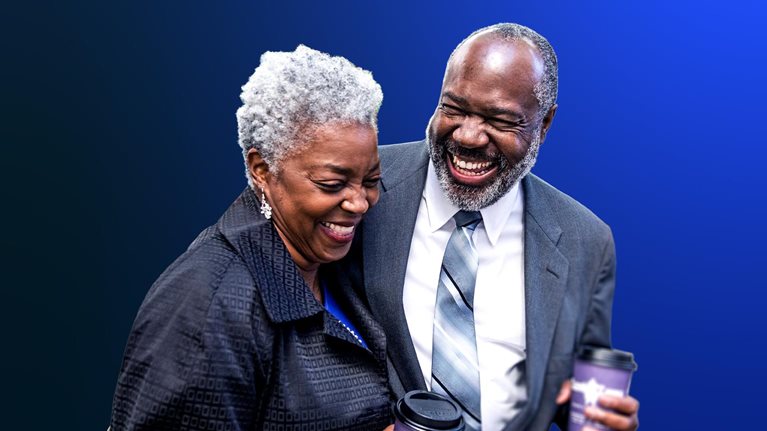Devastating wildfires, brutal heat, intense hurricanes, and extreme flooding. As a result of climate change, we’ve seen an increase in the frequency, severity, and intensity of hazardous weather across the United States. The National Oceanic and Atmospheric Administration (NOAA) estimates that between 2018 and 2022, the United States experienced 90 disasters with losses exceeding $1 billion each and total costs exceeding $621 billion; a 48 percent increase in the number of disasters per year; and a 37 percent increase in costs from the preceding decade. So far, 2023 is proving to be the costliest year yet when it comes to weather disasters.1
Impacts of climate change—such as property value damage, loss of labor productivity, health problems due to prolonged exposure to heat or lack of clean water and air, and temporary or permanent displacement when a residence becomes uninhabitable—can put the prospect of Black socioeconomic mobility in the United States at greater risk. Black populations are particularly vulnerable to physical-hazard exposure, since they are concentrated in areas especially susceptible to extreme weather. As people and businesses attempt to adjust to a low-carbon economy, they must also further contend with second-order transition risks—such as the loss of jobs in impacted industries—resulting from market changes.
Maps are a key diagnostic tool for assessing the impacts of climate change. In the following maps, we examine how extreme weather events and chronic climate changes may affect the prospect of Black socioeconomic mobility as the world continues to grow warmer. We look at the distribution of the Black population mapped against physical climate risk in the whole of the United States, regionally in several Southeastern states, and in two metropolitan areas with a history of segregation and redlining (see sidebar, “Our research methodology”). Given the deep impacts of climate change, it will be critical to help communities adapt and build resilience.
As the effects of climate change become more evident each year, we all have the opportunity to play a critical role in ensuring an inclusive response to climate change, both through equitable adaptation to climate hazards and to a just climate transition, by addressing the disproportionate impact on Black communities.
In order to manage the primary and second-order risks for Black communities created by climate change, among many approaches, both the public and private sectors can begin by considering the following:
- broad education around both the impacts of climate on communities and the implications of climate risk on intergenerational wealth transfer, such as the effects on housing, an asset class heavily impacted by physical hazards
- community leader engagement from Black communities as states plan for climate adaptation and transition to a lower carbon economy
- financial inclusion of Black communities as stores, banks, and factories reorient their footprints and their operations to address climate risks
- equitable access to finance and opportunities to integrate Black entrepreneurs in innovation hubs supporting a transition to a green economy
Climate change may create significant physical risks for Black populations in the United States, but it could create opportunities to address existing racial gaps, too. A concerted effort at understanding the impact of climate risk for Black workers, business owners, consumers, savers, and residents can help the private and public sectors identify racial gaps, allow for timely adaptation to build resilience against physical risks, and enable equitable access to climate finance opportunities.


